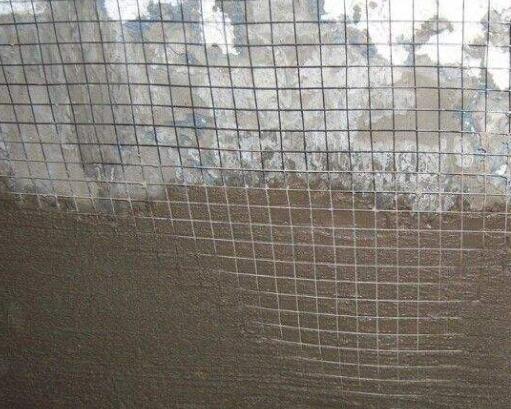Understanding Perforated Screen Sizes and Their Applications
Perforated screens are essential components in various industries, ranging from construction to manufacturing and even agriculture. Their primary function is to separate, filter, or protect materials based on size, shape, or material properties. The effectiveness of these screens largely depends on their size and perforation characteristics. In this article, we will explore the importance of perforated screen sizes, how they are determined, and their applications across different sectors.
What Are Perforated Screens?
Perforated screens are flat sheets of material, typically metal or plastic, that have been punched with a series of holes to create openings of specific sizes and patterns. These screens serve a variety of functions, including filtration, ventilation, and aesthetic appeal. The perforations can vary in size from tiny holes to larger openings, and the spacing can be adjusted based on the requirements of the application.
Determining Perforated Screen Sizes
The size of a perforated screen is a crucial aspect that can significantly influence its performance. There are several factors to consider when determining the appropriate sizes
1. Material Type The type of material being screened plays a vital role in size determination. For instance, if the material is granular or powdery, a finer mesh may be required to prevent unwanted particles from passing through.
2. Application Purpose Different applications call for different screen sizes. For example, in agriculture, larger perforations may be acceptable for screening larger debris from soil, whereas in the textile industry, fine perforations are necessary to filter out tiny fibers and contaminants.
3. Flow Rate The expected flow rate of material through the screen will influence the size of the perforations. Higher flow rates may demand larger openings to minimize resistance, while lower flow rates can utilize finer perforations without causing blockages.
4. Regulatory Standards Certain industries are governed by specific regulations regarding screening efficiency and the maximum allowable particle size that may pass through the screen. Compliance with these standards may dictate the choice of screen size.
perforated screen sizes

Applications of Perforated Screens
Perforated screens find utility in a wide range of applications across various sectors
1. Construction and Mining In construction, perforated screens are often used for filtering sand and gravel. In mining, they help in separating precious minerals from ore by controlling the size of the particles during processing.
2. Food and Beverage The food industry employs perforated screens for washing, sorting, and processing food products. For instance, they are used in vegetable processing to remove dirt and impurities.
3. Environmental Protection In wastewater treatment, perforated screens are crucial for filtering out solids and preventing clogging of treatment systems. They ensure cleaner discharge and compliance with environmental regulations.
4. Ventilation Systems In HVAC systems, perforated screens are utilized to control air flow and prevent the entry of larger particles into ventilation ducts.
5. Aesthetics and Design Beyond functional applications, perforated screens are also used in architecture and interior design. They offer a modern look and can enhance privacy while allowing light and air to flow through spaces.
Conclusion
Perforated screen sizes play a pivotal role in ensuring the efficiency and effectiveness of various processes across multiple industries. Understanding how to select the right size based on the application and material requirements is vital for optimal performance. As technology advances, the design and manufacturing of perforated screens are also evolving, leading to improved materials and innovative applications. Whether for industrial, agricultural, or aesthetic purposes, the significance of perforated screens cannot be overstated in today’s economy.

















